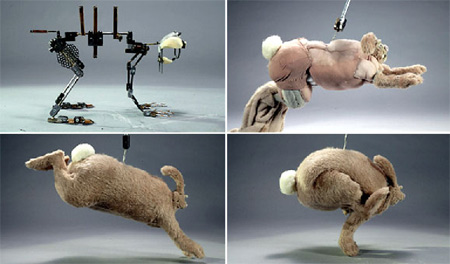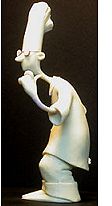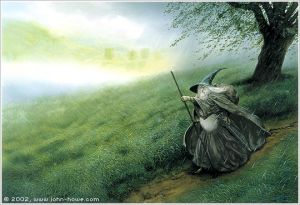
(Image from Dendy Films)
I’m delighted the movie Look Both Ways did so well at the Australian Film Awards this weekend, taking out Best Film (Bridget Ikin), Best Direction (Sarah Watt), Best Original Screenplay (Sarah Watt), and Best Supporting Actor (Anthony Hayes).
Its a real gem: everyday, quiet, low key and unpretentious, but deals in subtle and intense ways with life and death and the things in between. Sarah Watt says: “I try and say things like it’s a romantic comedy. But unfortunately I have a tendency to look on the blacker side of life, so I suppose it’s a romantic comedy about fear, maybe, with a little death thrown in.” She has also said “I guess it’s a thing of feeling like you’re extremely fortunate, but with an awareness of how many troubles there are in the world and figuring out how to live with that fortune, whilst not stomping on the heads of those less fortunate. That’s a line that a lot of Australians have to tread daily.”
Look Both Ways is set in Adelaide, where I grew up, and it’s always fun to see familiar places in movies, especially when it doesn’t happen very often. (Shine was the last time for me). Most of the filming was done down towards the port, and the sense of atmosphere, light, dryness and heat haze was absolutely recognizable as a stinking hot Adelaide heatwave.
Another striking feature is the short animations which were done as a collaboration with Emma Kelly (from Tantalus Interactive) and Clare Callinan:
‘Animator Emma Kelly (who collaborated with Sarah on her shorts) drew all the cells over several months. Each drawing was scanned and printed onto suitable water-absorbent paper. Sarah then hand-painted all the ‘watery’ sequences, and Clare Callinan (again a previous collaborator) painted the other sequences, with Sarah finishing each painting. All the painted cells were then re-scanned at Iloura Digital Pictures in Melbourne, camera moves were resolved, and the sequences were recorded out onto 35mm, for integration into the film.’
The animations represent the internal lives of the two main characters. In accordance with their professions, Meryl’s are painterly, and represent her often fearful thoughts (clips (1, 2), while Nick’s are more photographic montage and are visual memories of his life (just a taste in this trailer). There are a couple of other trailers on the LBW site.
I came across another of Watt’s animations online. It’s from a twenty-three minute animation The Way of the Birds, based on a book of the same name by Meme McDonald. It tells the story of the Eastern Curlew:
‘After breeding and nesting in the Siberian grasslands, the adult birds migrate south again within a month or so, leaving their chicks there in the tundra. When they are less than eight weeks old, the chicks make the 13,000 km migration across the world to parts of Australia and Aotearoa/New Zealand all on their own.’
There are also animations by Watt in an associated online documentary about the Eastern Curlew, A Year on the Wing.
Updated 2015: broken links. Sarah Watt died in 2011.



 Having made
Having made 


